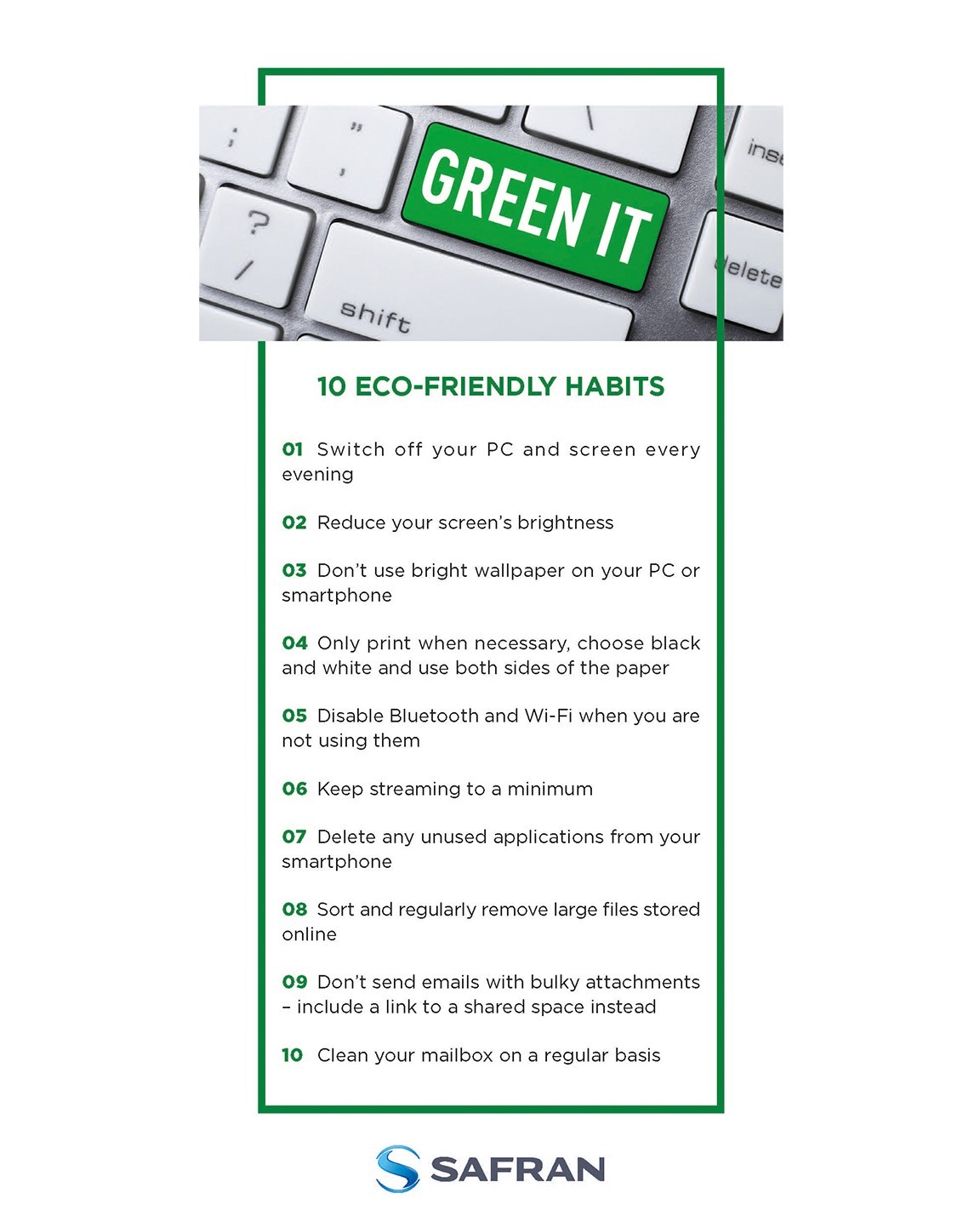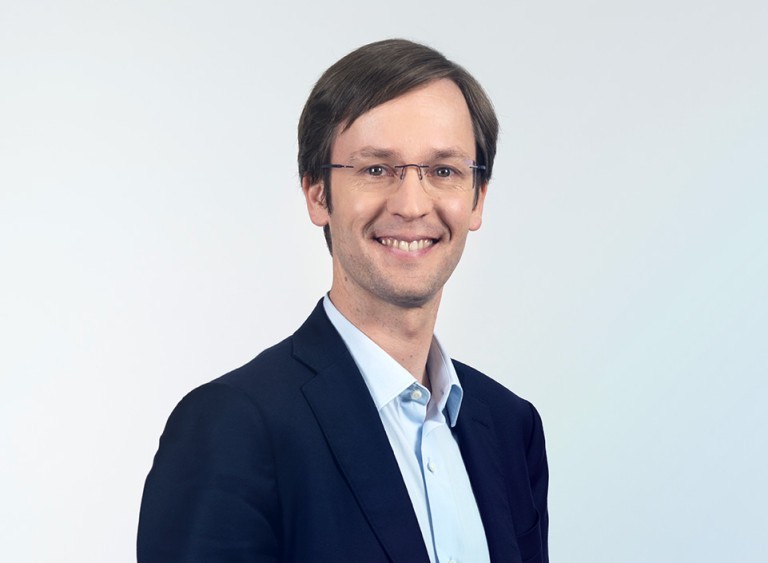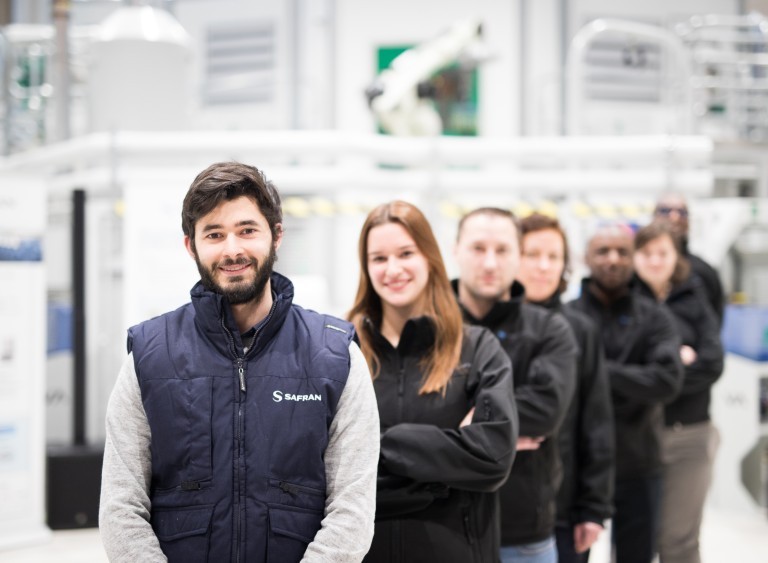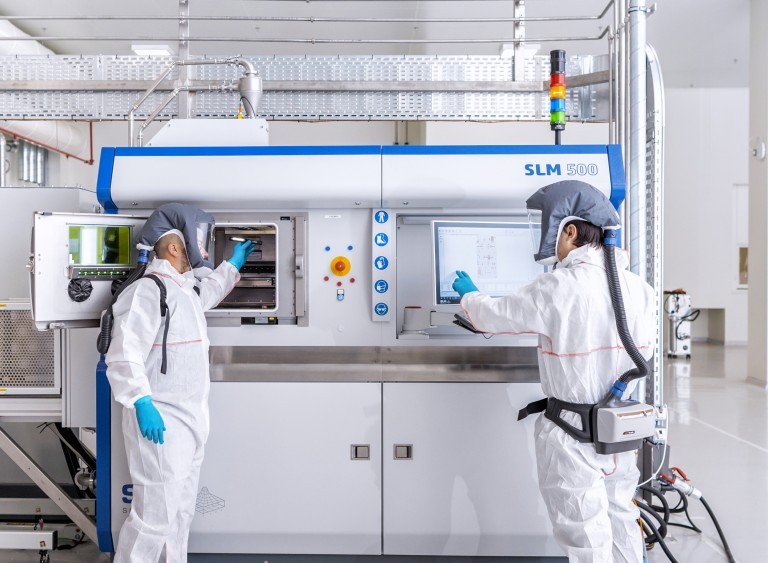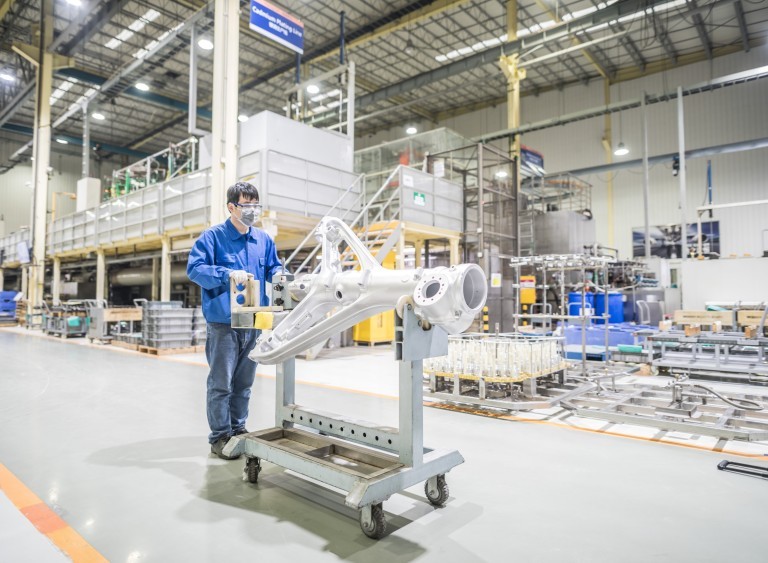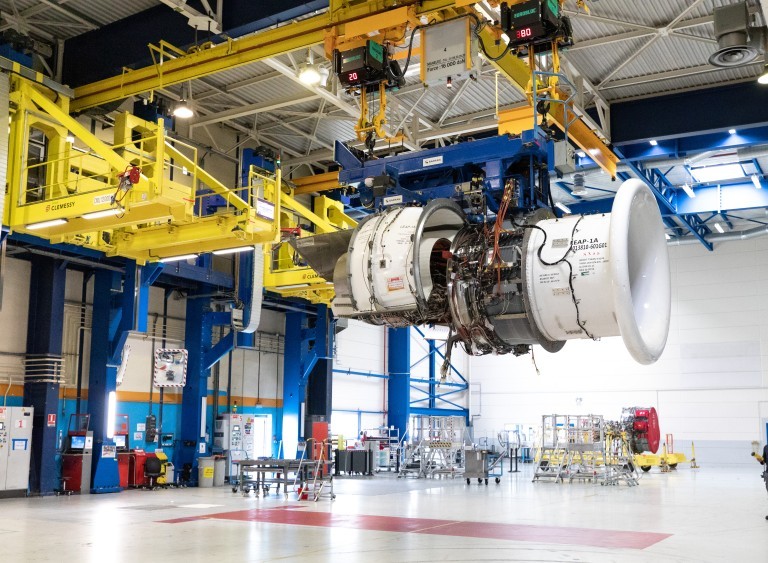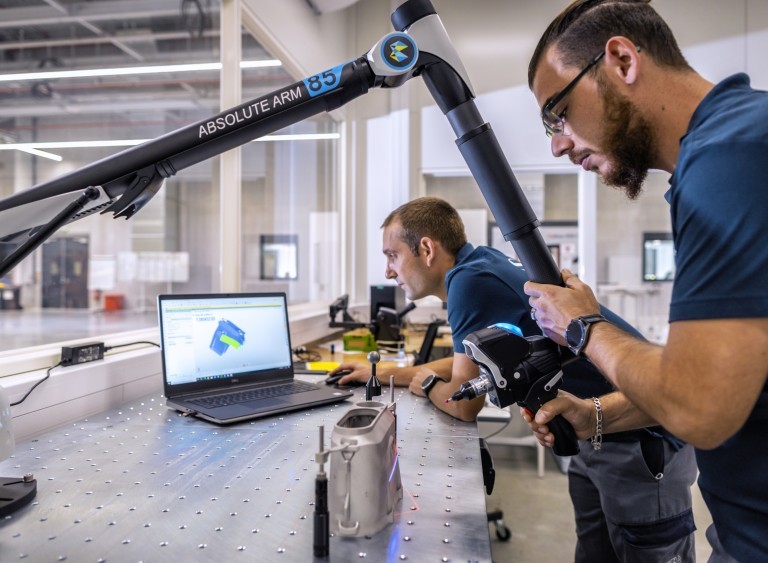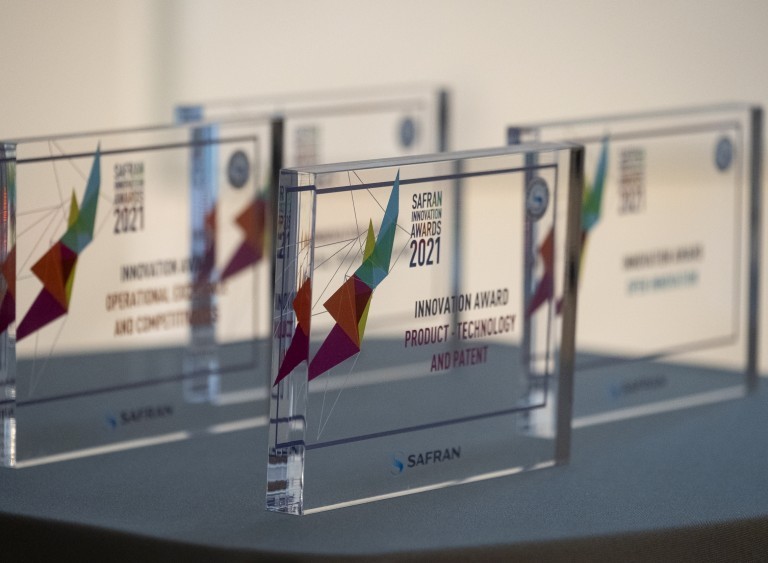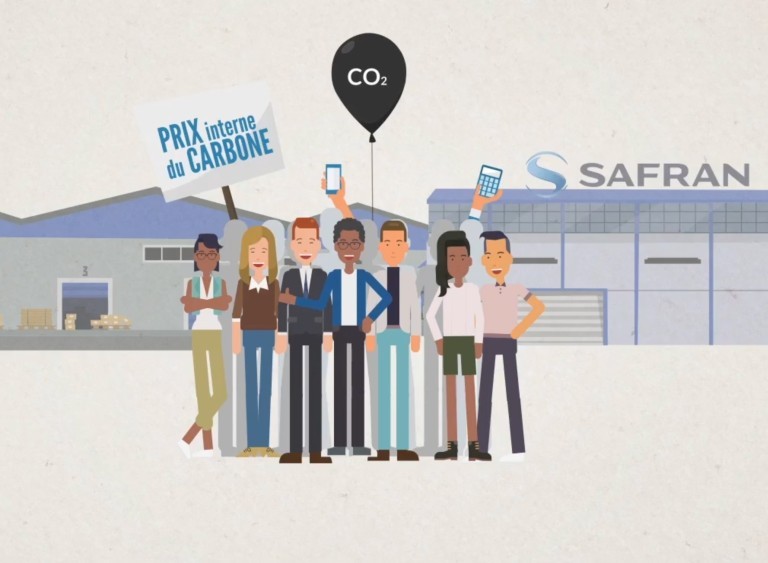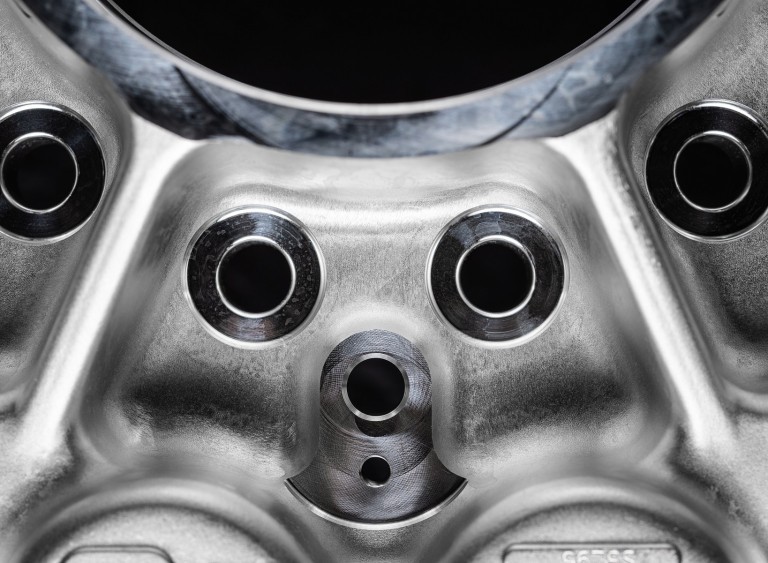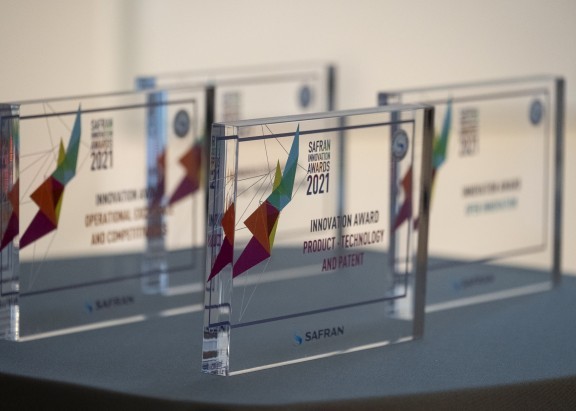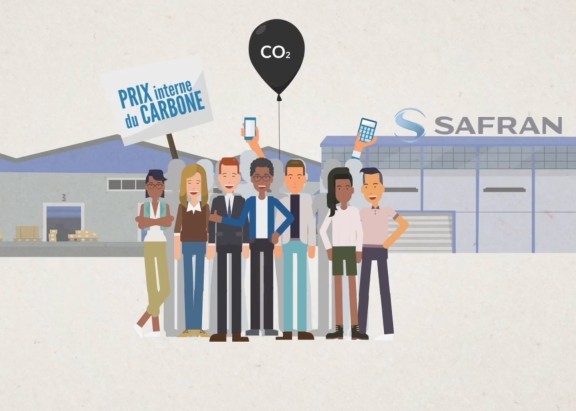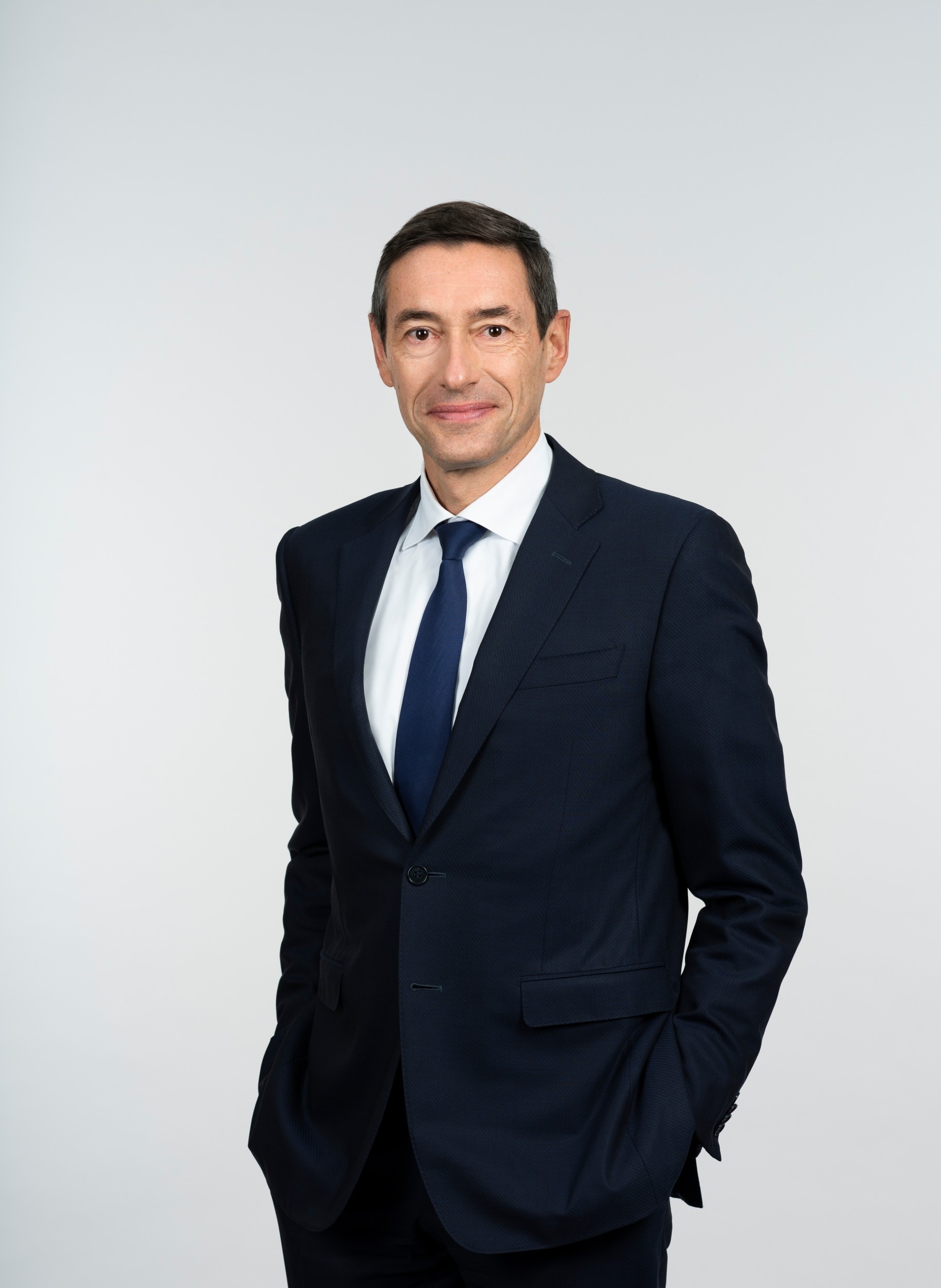
IT carbon emissions: SPOTLIGHTING MORE sustainable digital uses
As part of Safran’s low-carbon strategy and in line with our CSR commitments, the corporate Digital and IT department has launched the Green IT Plan to foster more sustainable digital uses by reducing carbon emissions from our IT systems and cloud-based services.
- Connection
- Interview
- Photo Report
- Perspective
- At a glance
o which tools are the biggest culprits? And how can we reduce our impact? Department head Frédéric Verger reviews the findings of a survey on Safran’s digital carbon footprint.
Tell us about the Green IT Plan you launched recently.
Frédéric Verger: Digital tools allow us to communicate and collaborate efficiently with our colleagues, even when working remotely. This generates indirect environmental gains. It’s important to realize, however, that when you send an email with a large attachment to several colleagues, you use as much electricity as a lightbulb left on for one hour. Like all human activities that create value, IT has its downside, since these systems and tools all require energy to make and then use throughout their lifecycle. At the start of 2021, Safran CEO Olivier Andriès reasserted the Group’s pledge to reduce its carbon footprint and set the ambitious goal of cutting CO2 emissions from our industrial operations by 30% from 2018 levels by 2025. Our Green IT Plan ties into Safran’s Low Carbon Plan, which everyone is expected to contribute to, and is fully aligned with our CSR policy, which also applies across the organization. We began by conducting a survey into our IT tools – computers, smartphones, monitors, etc., our data servers, our network, and our outsourced services – to get an overview of Safran’s digital carbon footprint.
“When you send an email with a large attachment to several colleagues, you use as much electricity as a lightbulb left on for one hour.”
What did the survey reveal?
F. V.: Added together, the emissions from our computers, monitors, smartphones, tablets, data centers, servers, networks and cloud-based services are responsible for 20,455 metric tons of CO2 emissions per year. And if we divide that by the number of people who work for the Group worldwide, we emit about 270 kg of CO2 per person per year. This represents less than 1% of Safran’s emissions from Scope 2* power consumption and 0.04% of Scope 3** emissions. It’s relatively little. But when you consider that we’d have to plant some 122,000 trees every year to offset these emissions, you see it’s actually quite significant.
“We’d have to plant 122,000 trees every year to offset Safran’s IT-related emissions.”
Which type of IT equipment is responsible for these CO2 emissions?
F. V.: Our servers, mainly those on-site, account for 21% of emissions, networks and routers 4%, and outsourced services 10%. The main sources – and this might come as a surprise – are the tools we use every day, starting with PCs. The manufacture and subsequent operation of our PCs, screens, smartphones and tablets are behind 65% of Safran’s IT-related carbon emissions. I’d like to take this opportunity to share a message: do not leave your PC in sleep mode when you finish work at the end of the day. Switch it off! A computer in sleep mode typically uses one-third of what it consumes when switched on.
In practical terms, what does the Green IT Plan involve?
F. V.: In agreement with Purchasing, the corporate Digital and IT department has committed to working exclusively with sustainable suppliers who take concrete steps to reduce their environmental impact, like recycling IT equipment, curbing energy consumption and developing greener solutions. In addition, we now use the most sustainable cloud environments for storing our data, which is also increasingly carbon neutral.
However, the Green IT Plan also relies on a collective effort. Everyone can contribute at their own level. There are a host of eco-friendly practices we can all adopt in the workplace, such as lowering the brightness of your screen, regularly deleting old email, avoiding storing data you no longer need. Every little helps!
(*) SCOPE 2: “Indirect emissions” relating to energy consumption, mainly the procurement and use of electricity and heat at our facilities.
(**) SCOPE 3: Other indirect emissions such as the transportation of goods, the manufacture of equipment used by Safran companies, the extraction of materials, etc.
All about Safran's digital transformation
Learn More
Small changes can have a big impact – if we all adopt them. Here are 10 eco-friendly practices that can help reduce Safran’s carbon emissions.
